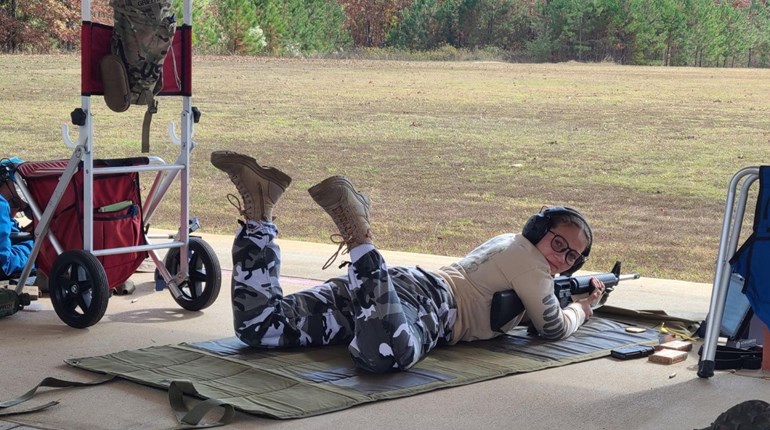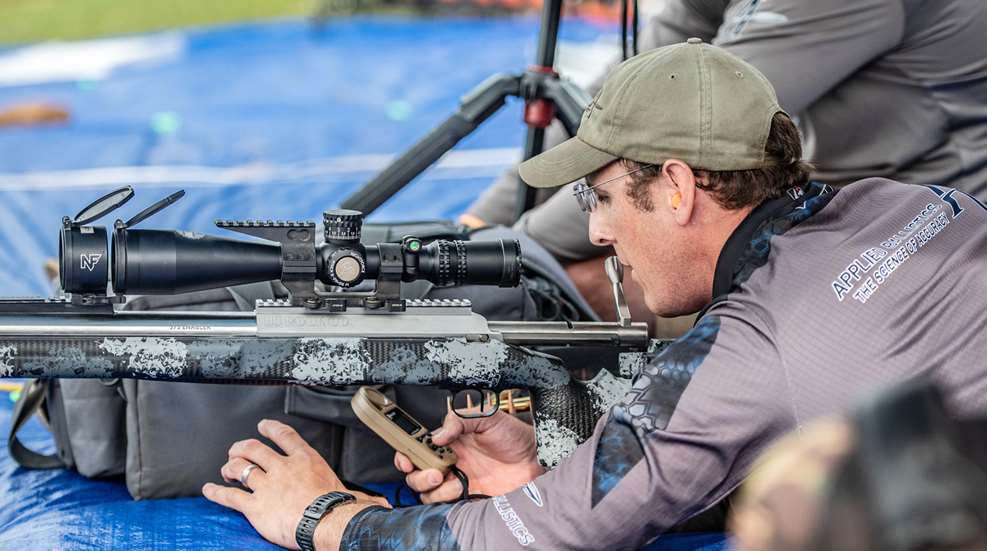
Ballistics can be an intimidating topic, and if you aren’t technically minded, the subject can be completely overwhelming. Luckily, you don’t really need to understand complex ballistics to enjoy rifle shooting or to hit targets at long ranges. Modern technology and ballistic solvers can do the math for you.
Ballistician Bryan Litz explains: “Many of the important concepts of ballistics are accessible at the conceptual level, meaning we could explain it in words and pictures. There’s nearly nothing that an average shooter couldn’t understand, regardless of their background. I could explain it and draw it … if you want to understand the math behind it or keep asking why, eventually you will go down rabbit holes where you’re into engineering-level discussions, and that’s where people can get intimidated.”
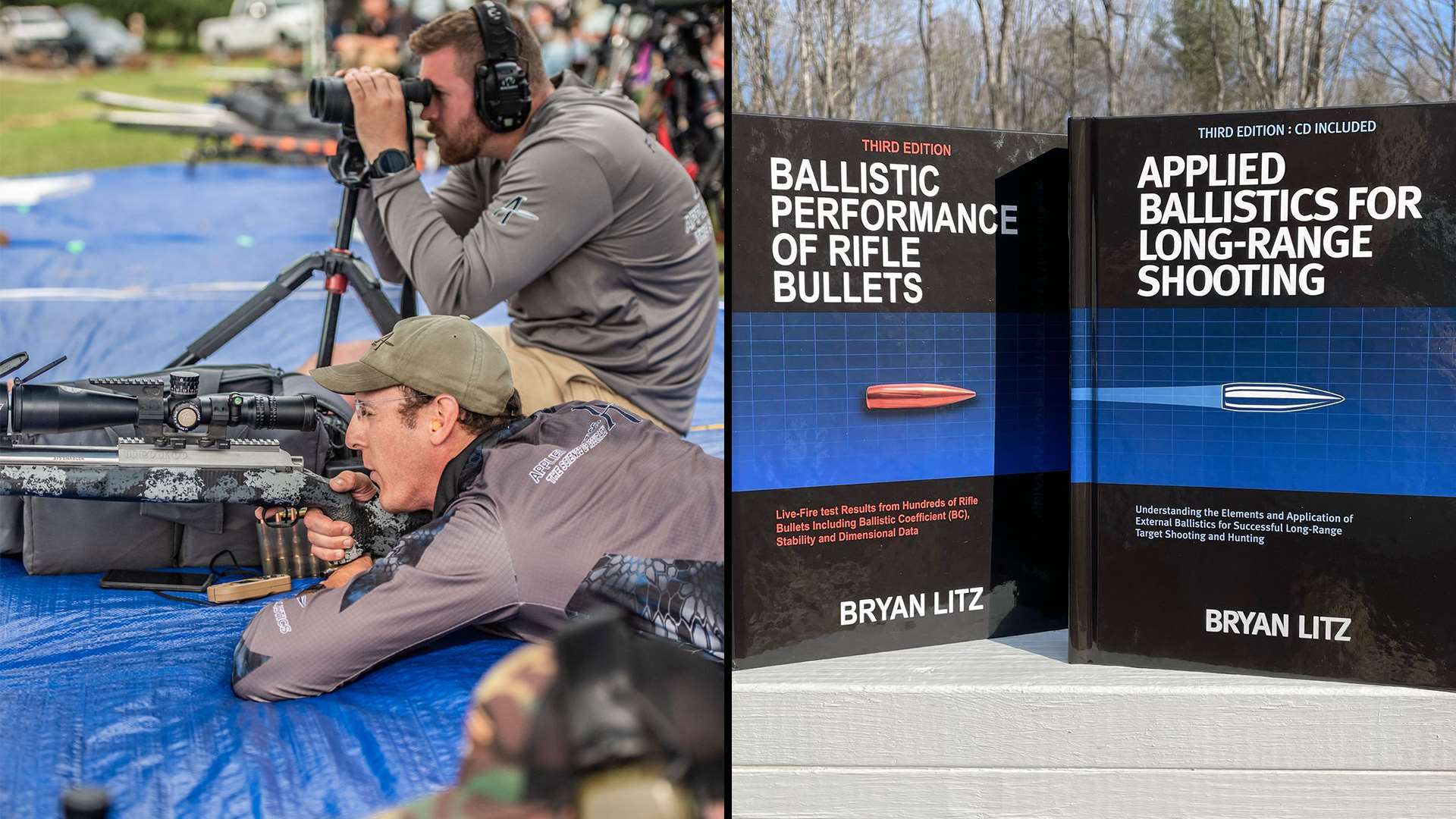
Think of it like a car. Driving tests don’t require in-depth knowledge of vehicle mechanics, and most drivers can’t explain exactly how everything works under the hood. Driving doesn’t require significant mechanical knowledge, although each person should understand general maintenance and be able to recognize when something may be wrong. If shooting is the car, ballistics are the equipment under the hood.
Much apprehension towards ballistics comes from not understanding there is a gradient. “You don’t have to be an engineer, or even be engineering-minded to understand the concepts of ballistics,” said Litz. “You would have to be an engineer to create a ballistics software or to design a bullet, but in order to use those things and to understand the concepts and principles that it’s based on—those are concepts, which are easier to hold in your mind than technical details. I encourage anyone who is intimidated by ballistics, or thinks that they can’t do it, to approach it with that mindset. Try to understand the concepts and what you need to understand as a user.”
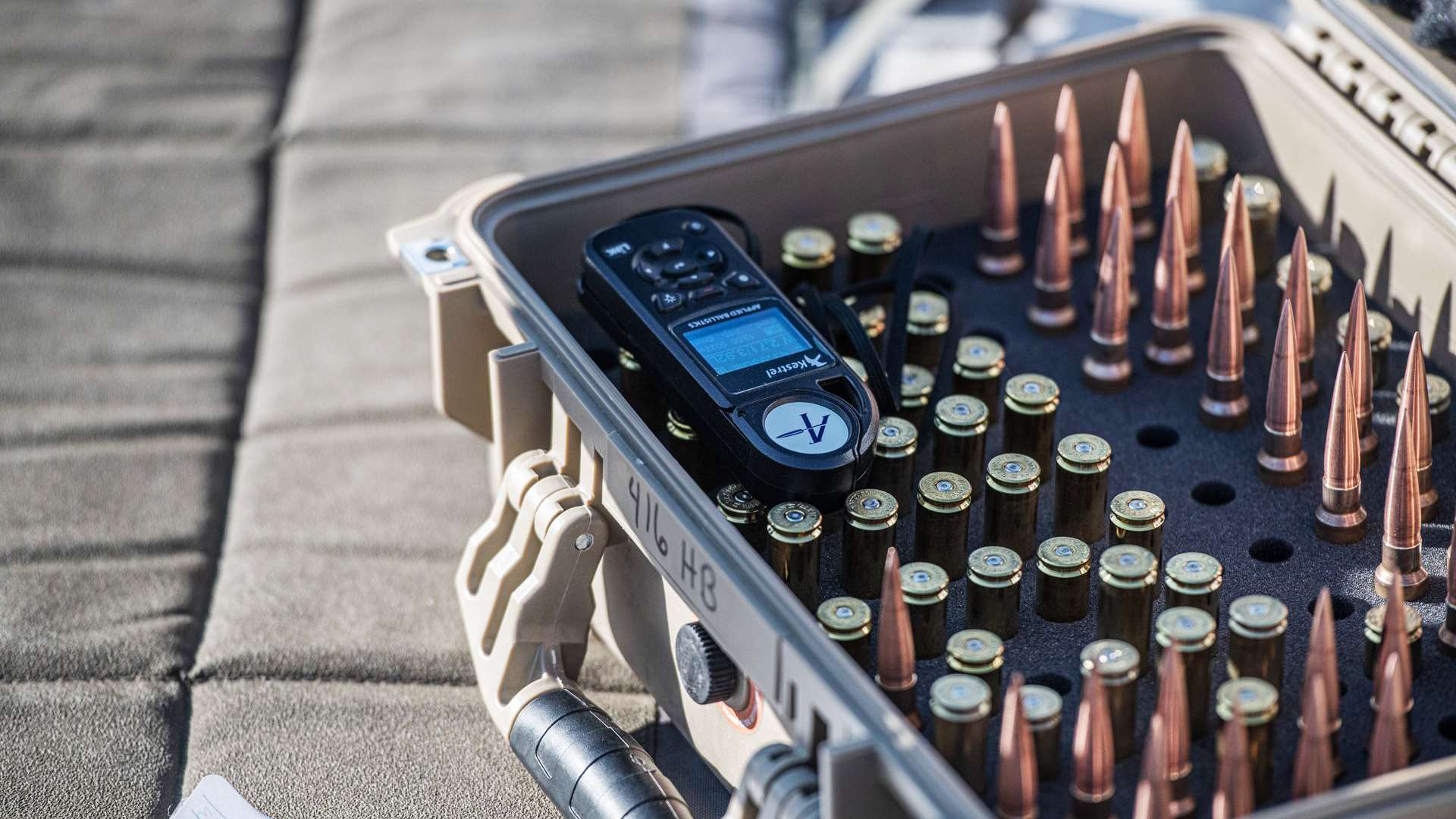
So how much do you really need to know? Litz is a huge proponent of learning and personal growth, but it comes down to the application. If you are shooting at known distances with sighters, basic calculations on a printout or a free ballistics calculator will do the trick. If you are shooting small targets at varying distances at elevation or with other significant environmental factors, a quality ballistic solver becomes a necessity. “Long-range disciplines such as the Precision Rifle Series, and long-range hunting and extreme long-range competition require you to make a firing solution for every target you shoot at, because they’re always at different inclines, ranges and weather. So, those disciplines … the notion of going to one of those competitions without a ballistic solver of some kind, it would be like going without ammo, you’re just not going to hit anything,” Litz explained.
While many shooters are analytical thinkers, Litz took one step further by starting an entire company built around it—Applied Ballistics. After showing a propensity for ballistics at an early age, he challenged himself to shoot smaller targets at closer distances with air rifles, bows and slingshots. “Before I knew anything, I knew that was something that intrigued me. I always felt a sense of accomplishment when I could learn things and improve and increase accuracy over distance,” he recalled. “Basically, my whole life has been in pursuit of hitting smaller targets at greater distances with more reliability.”
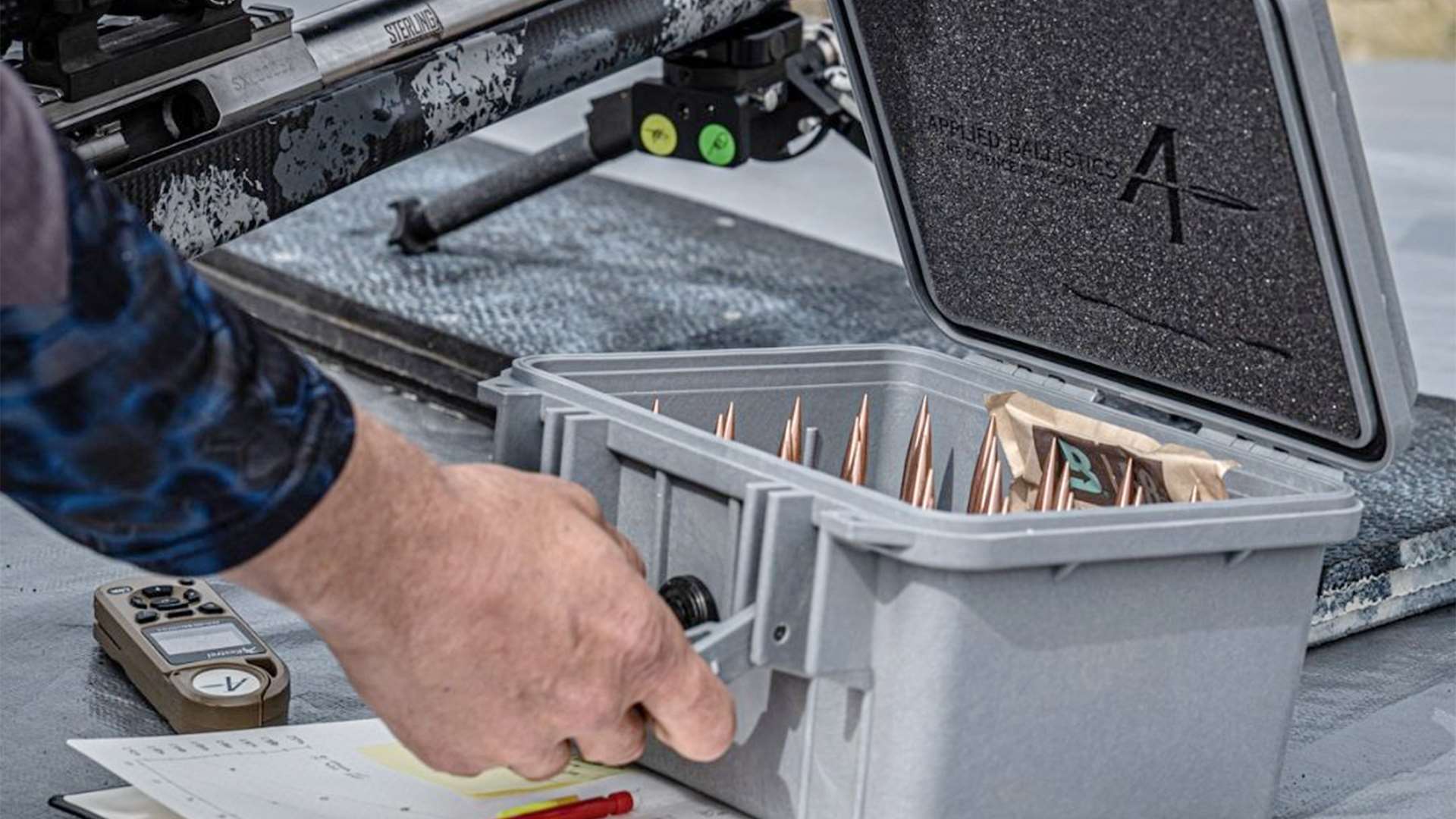
Litz earned a degree from Penn State in Aerospace Engineering, and after being turned down by a number of bullet companies for employment, took a job at Wright-Patterson Air Force Base working for the National Air and Space Intelligence Center on model and simulation of threat air weapons. It was interesting work, but not hands-on enough for Litz’s taste. “You can’t shoot missiles around like you do bullets,” he said. Over the course of six years, he began to do his own ballistics testing, along with writing articles for publications and online forums.
He later accepted a position at Berger Bullets working on design and prototype testing. Apart from this, he decided to write the first Applied Ballistics book, which became the name of the company he never intended to start. “That book received lot of traction and I was compelled to keep writing books and doing more research and, over the course of it, became involved with some other business partners. Our software development became all of the Applied Ballistics software that’s integrated in Kestrels and similar devices. So, from my perspective, the company grew larger than I ever imagined it would.”
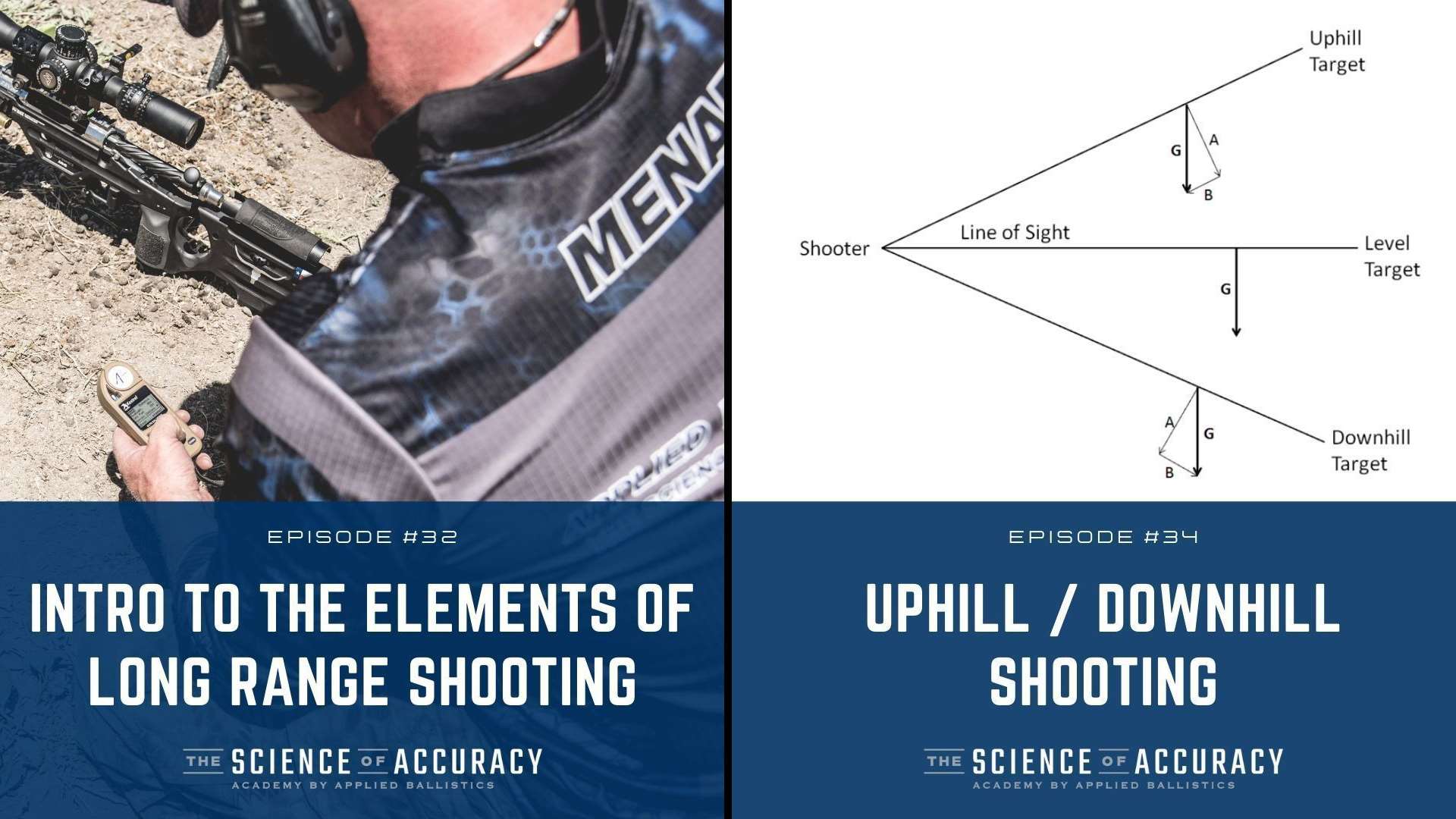
At first, Applied Ballistics existed simply to disseminate education content through books, DVDs, articles and in-person seminars. By 2018, government contracts to develop extreme long-range sniper rifle systems and highly consistent and accurate ammunition were added to the mix. Around the same time, Applied Ballistics became the baseline ballistic software integrated in various electro-optics from rangefinders to binoculars, scopes, weather meters, etc. You’ve likely used Applied Ballistics’ software without even knowing it.
Though there are many ballistic solvers on the market today, Litz says the Applied Ballistics bullet library database sets its solver apart from others. Rather than use a ballistic coefficient provided by a manufacturer, the Applied Ballistics solver uses data obtained by company staff through live-fire. Through this process, Litz discovered there’s 10 percent of error in the manufacturers’ advertised ballistic coefficient. “That’s always going to limit how accurate your firing solution is.”
Recently, Applied Ballistics launched the Science of Accuracy Academy, a subscription-based resource ($9.95 a month) offering in-depth and up-to-date information that makes complex topics easy to understand. While primarily producing podcasts at the moment, future plans include a different types of content.
For general education, Litz posts daily to the Applied Ballistics Facebook page, focusing on offering daily tidbits of ballistics knowledge.
“With the Academy and Facebook page, I’m trying to be useful to someone similar to myself 20 years ago,” explained Litz. “When I was getting into this two decades ago, I was trying desperately to learn how to do things and sometimes it was like pulling teeth—how do I know if this ballistic coefficient is accurate or not? I imagine what resource I wanted to have when I was starting and that’s what I try to create.”
Education and pursuit of knowledge is at the heart of Litz’s love for shooting. He started competing in 1,000-yard benchrest in high school, later moving to Palma and then F-Class. Today, he competes in extreme long-range matches when time allows. Litz has won a number of awards, but measures success by knowledge gained—not championship titles. “I can remember in far more detail how I learned to develop the grip and trigger control that caused me to get above a plateau,” said Litz. “What matches I won with that lesson, I couldn’t tell you … I can control what I learn and how much better I get. If that happens to be better than anyone who happens to show up at the range that day, that’s outside of my control.”
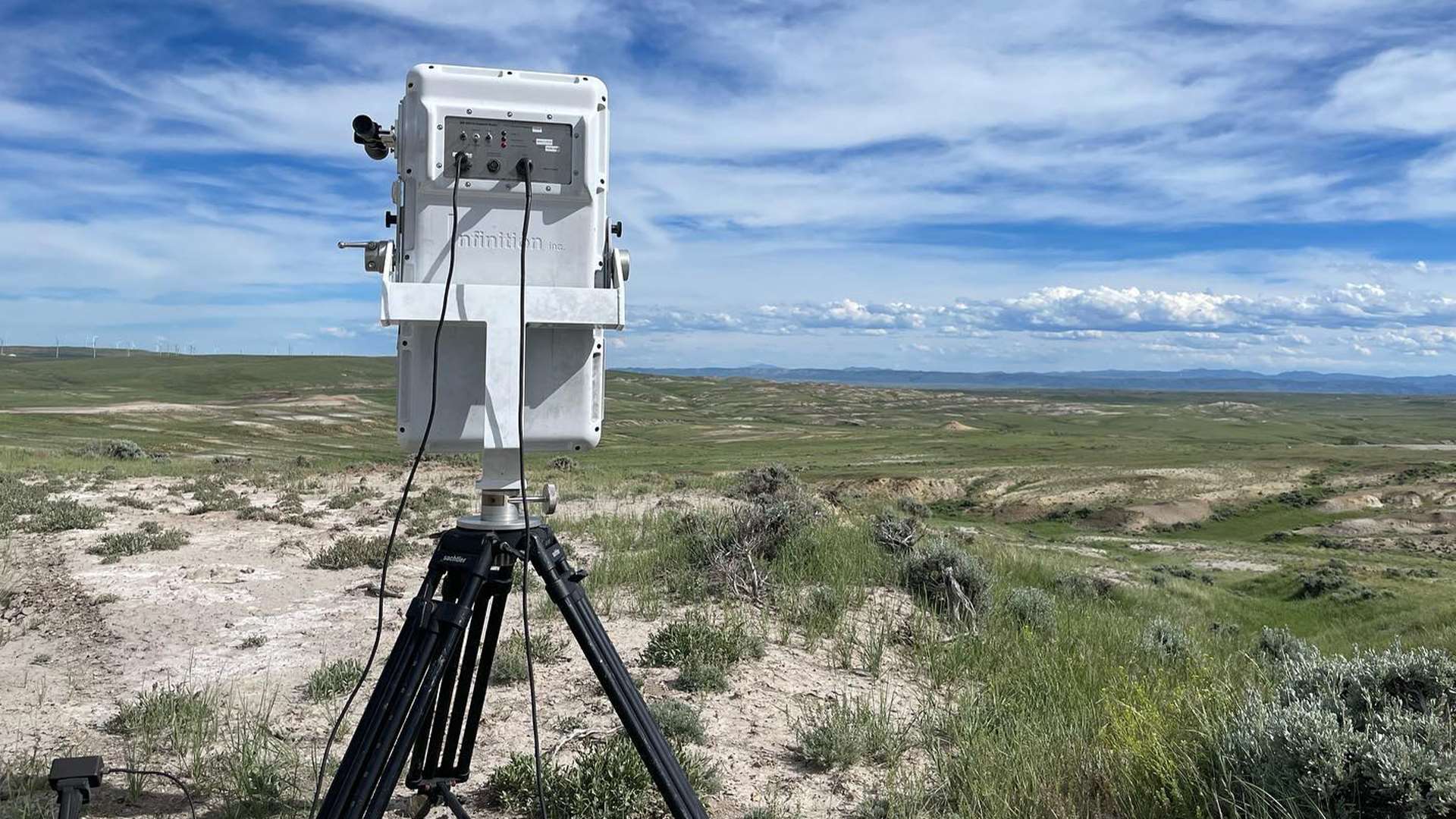
After asking Litz what the top three concepts shooters should understand for improvement, to my surprise, his answers didn’t have much to do with ballistics. “The first thing that gets taken for granted is sights,” he explained. “That’s what accuracy comes from. There’s a terminology mistake that’s made in shooting … they use the word accuracy when they mean precision. They use accuracy to talk about groups. Accuracy is how well your gun holds zero, how well your group is centered on the target and, ultimately, where your success at hitting targets comes from is accuracy, which comes entirely from sights—understanding your zeroes, understanding your sight movement and having a sight level. Those basic things are responsible for centering your group and having an accurate firing solution so you apply the correct adjustments.”
Gunsmithing and load testing are precision work—anything to achieve small groups. Most rifles have the precision to do well, with winning and scores coming down to sights. “Sights get overlooked especially as a ballistics topic because it’s not ballistics,” he continued. “Sights are mechanical, they’re optical, they’re anything but ballistics, but they are the key link between where your bullets are going and where you want them to go.”
The second thing Litz named was practice. “Long-range shooters tend to be analytical … and that leads to a lot of time at the reloading bench … experimenting and tweaking … Almost all of that time would be better spent on the range practicing and learning to read wind if your goal is to improve your score.” In other words, rather than look for small technical advantages, spend the time to outshoot the equipment you have and invest in the skills that allow you to exceed your goals.
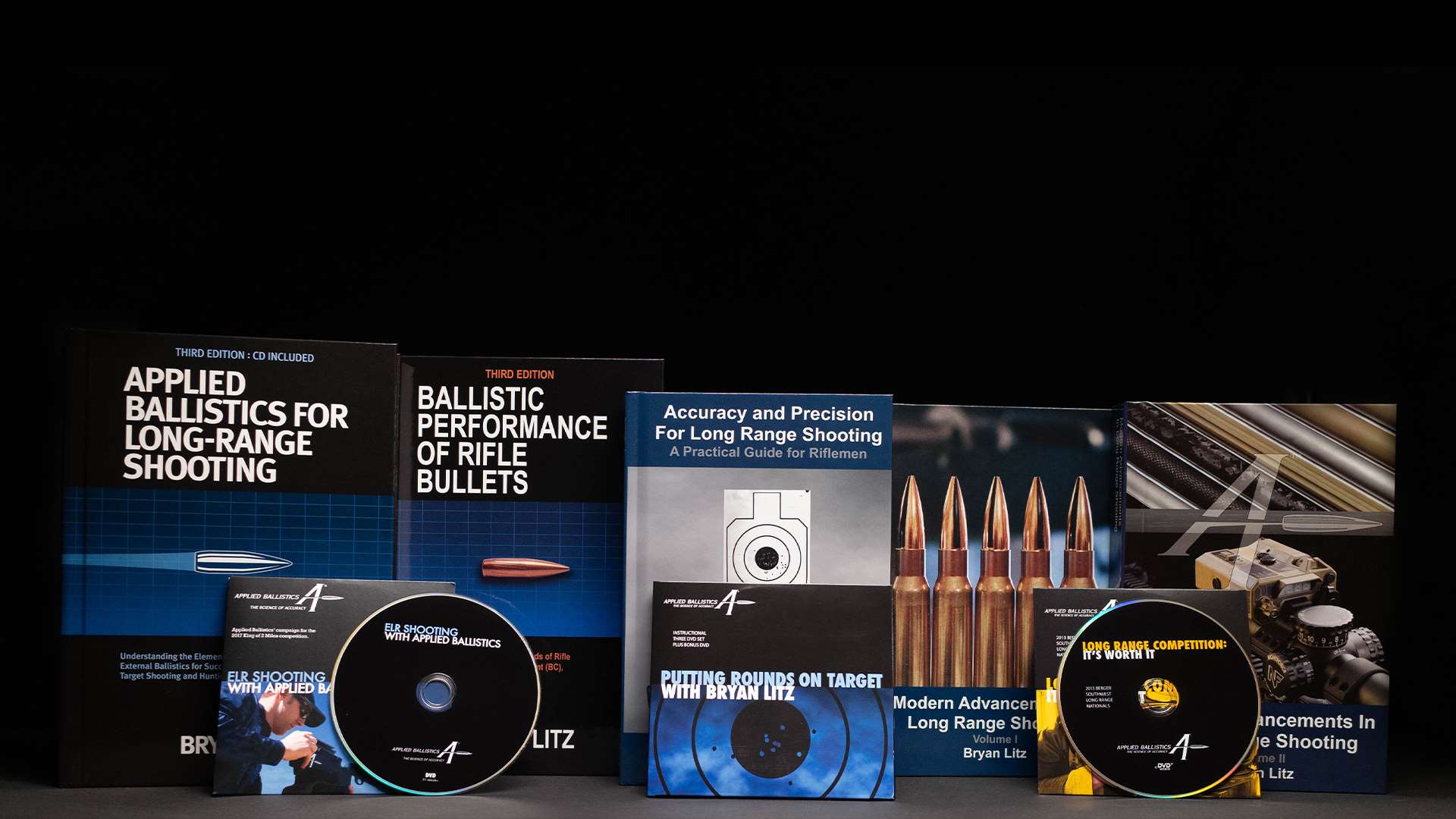
Third, Litz advises shooters to be honest with themselves. “If you can be honest about the reasons why you’re losing points and do the work that it takes to address those weak links, that’s when you will see progress.” This can be difficult, as those weak links aren’t always the things people enjoy doing, and no one wants to admit mistakes.
These answers confirm that you don’t need to be a ballistician to be a good shooter, though a greater understanding of “what’s under the hood” can be an enlightening experience and a necessity for some applications. Applied Ballistics and The Science of Accuracy Academy aspire to make ballistics knowledge accessible to and understandable by all shooters, regardless of experience.















